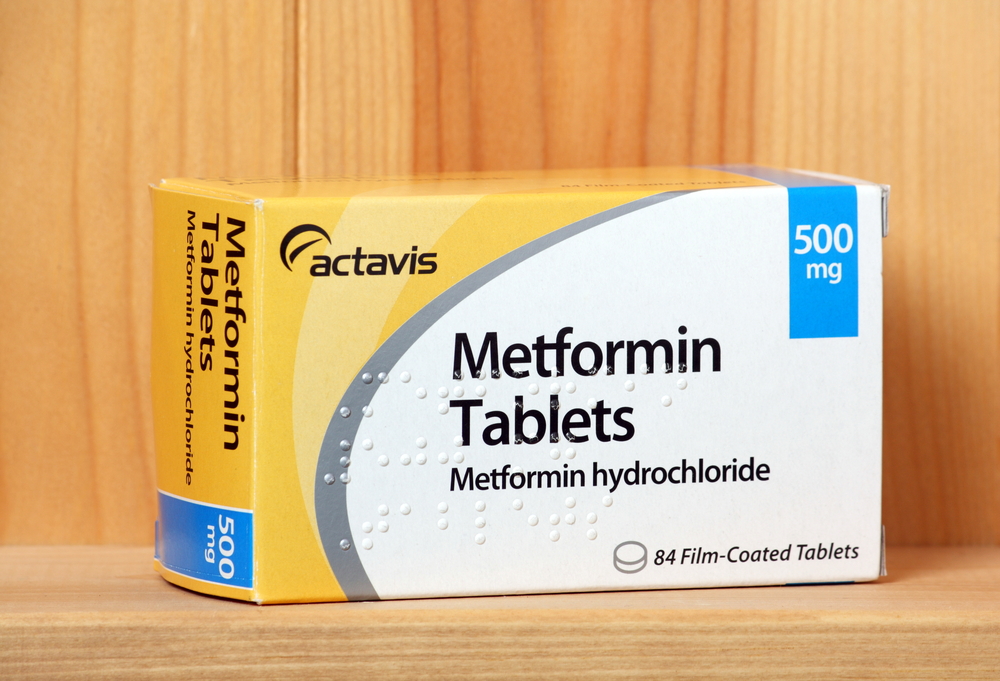Diabetes Drug, Metformin, Suggested as ‘Breakthrough’ Treatment for Sickle Cell Anemia

Metformin, a common drug for Type 2 diabetes, could be used to “turn on” fetal hemoglobin levels in sickle cell anemia patients, according to a study by researchers at Baylor College of Medicine and Texas Children’s Cancer and Hematology Centers. The study’s lead investigator called the finding a “major breakthrough” in treating the disease.
Sickle cell patients’ adult hemoglobin causes their red blood cells to become sickle-shaped and get stuck inside the blood vessels, leading to pain and other complications. Fetal hemoglobin, a type of hemoglobin present in newborns, does not cause red blood cells to become sickle-shaped, but its production stops at about 6 months old.
The only drug that’s widely used to treat sickle cell anemia is hydroxyurea. It slows red blood cells’ maturation in an attempt to keep fetal hemoglobin levels high. But the amount of fetal hemoglobin produced using the drug is not sufficient, and the treatment does not work for about half of sickle cell patients. It also is not effective in treating beta thalassemia, a blood disorder in which insufficient amounts of hemoglobin are produced.
In an attempt to identify new drugs that can increase fetal hemoglobin levels, lead investigator Vivien Sheehan, MD, PhD, and her colleagues analyzed genetic difference between people with sickle cell anemia and healthy controls. They found that people with sickle cell had mutations in the FOXO3 gene, which resulted in them producing less fetal hemoglobin.
To confirm the finding, the researchers stopped the FOXO3 gene’s expression in cells taken from human bone marrow and grown in a lab. They saw that blocking the gene made the cells produce less fetal hemoglobin. In a reverse experiment, increasing expression of the gene increased fetal hemoglobin production.
The researchers then tested how metformin — which is known to increase FOXO3 expression — affected the cells. Metformin made the bone marrow cells produce fetal hemoglobin. When it was used in combination with hydroxyurea, more fetal hemoglobin was produced — as much as 67% more.
“It was a major breakthrough to show that a common drug already in use for type 2 diabetes could be a treatment for sickle cell disease,” Sheehan said in a press release.
“This is an exciting example of collaborative, bench-to-bedside research,” she said. “Patients who make this much fetal hemoglobin would, in theory, be cured of sickle cell disease.”
A clinical trial (NCT02981329) to test metformin in patients with sickle cell anemia and beta thalassemia has been started, with funding coming from the pharmaceutical company Pfizer. Participants are being enrolled at Baylor College of Medicine clinics, Texas Children’s Cancer and Hematology Centers, and the University of Texas Health Science Center.
The trial will assess the drug’s efficacy in sickle cell patients ages 16 to 40 who are not receiving any other treatments, those who are being treated with hydroxyurea, and beta thalassemia patients.
Patients will be treated with oral metformin for six months — enough time to see a change in fetal hemoglobin, according to Sheehan.
If the researchers are successful, metformin could be the first new treatment for sickle cell anemia in 30 years and the first treatment for beta thalassemia.






